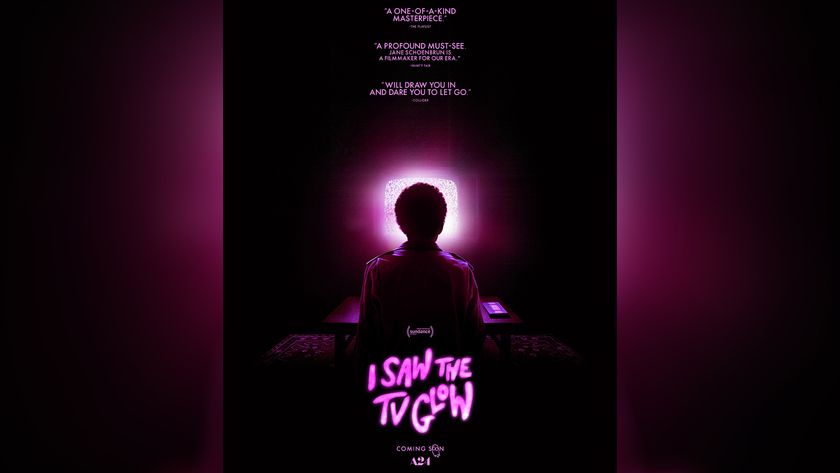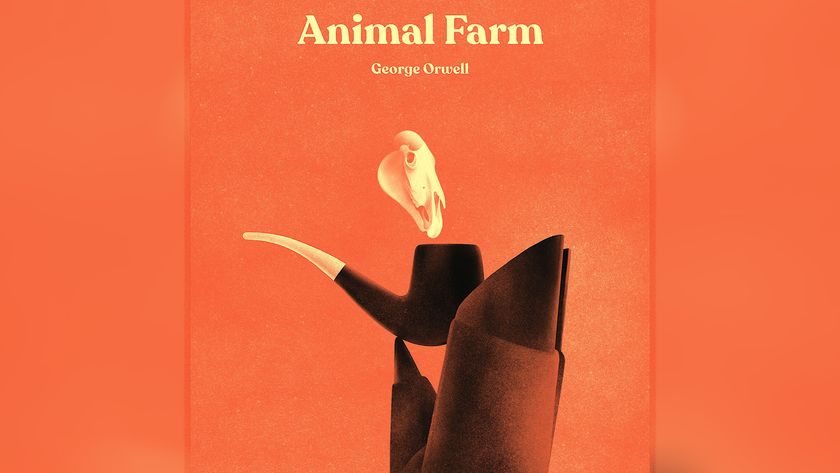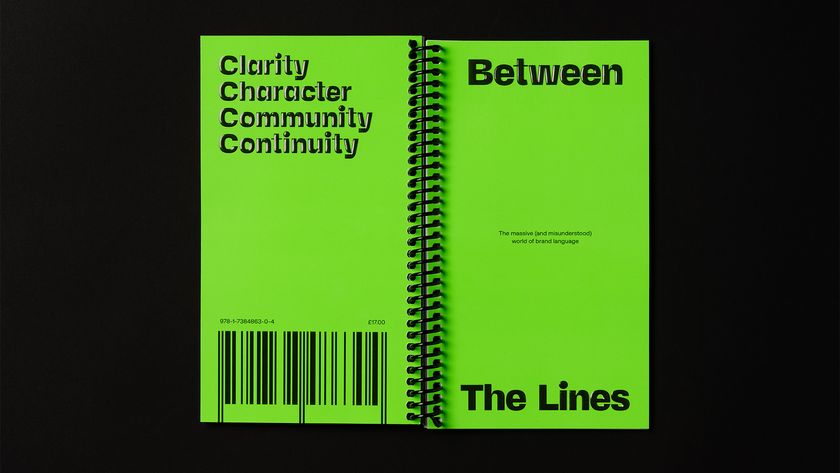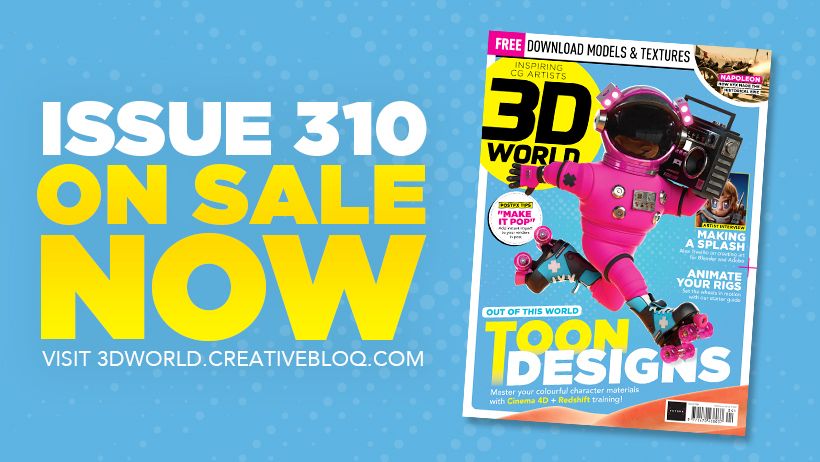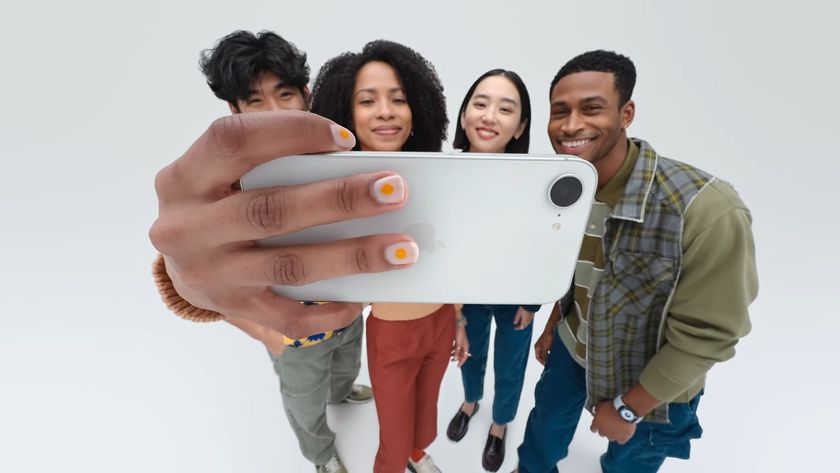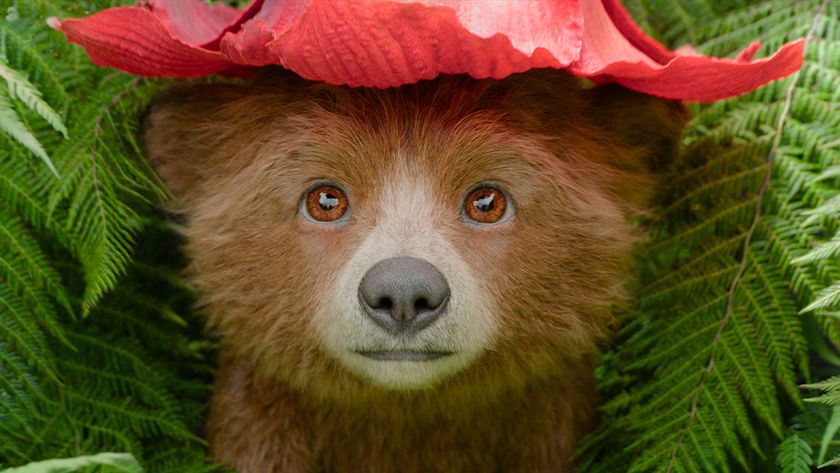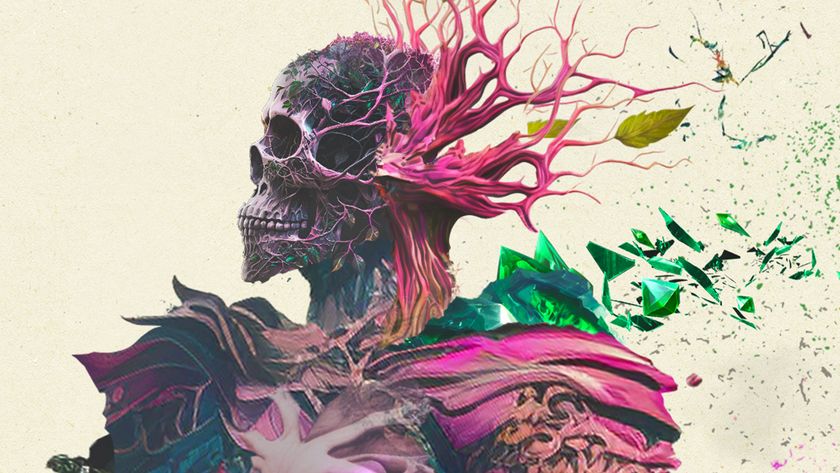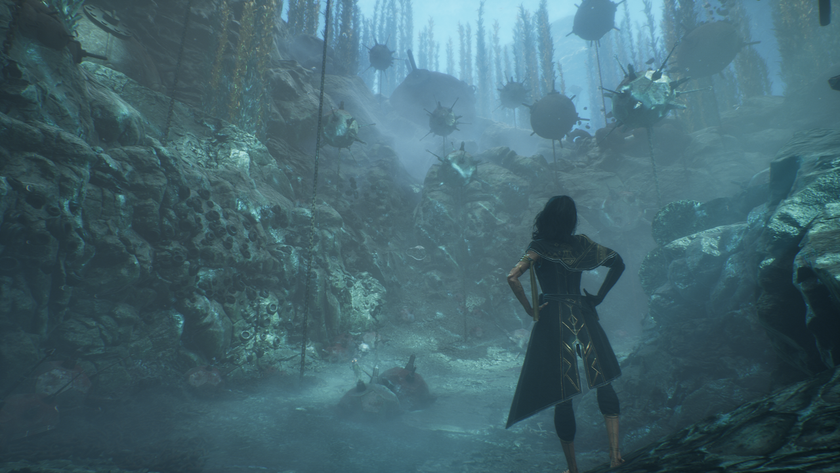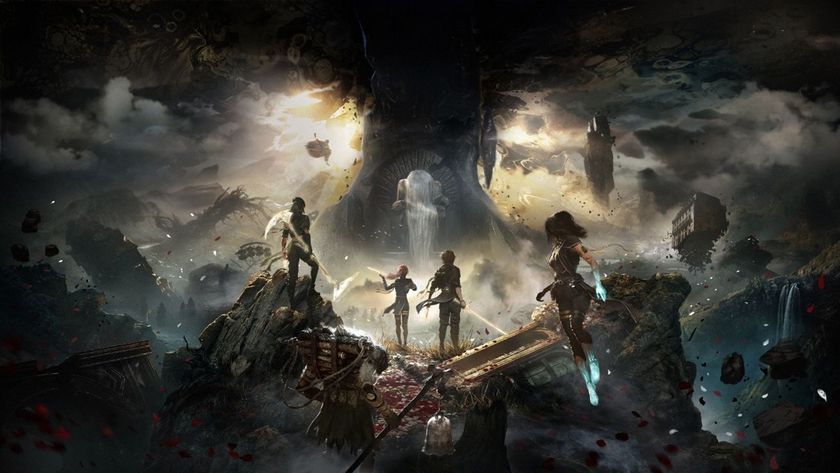We all like to think we’re immune to trends. And it’s certainly true that we shouldn’t follow them blindly. By and large, clients are looking for original and inventive solutions, not me-too copyists.
But neither can design agencies exist in a bubble. Much as we’d like to ignore the maelstrom of social, political, technological and economic change swirling around us, we need to constantly understand and adjust our offerings to it. In the evolution of a business, just as in biological evolution, in the long term it’s very much a case of adapt and die.
We canvassed UK agency leaders on what they see as the emerging trends that will most affect us in 2018. Many of these, of course, will be long-term trends you’ll have heard about already. But that’s certainly not a reason to ignore them; quite the reverse in fact (also see our piece on graphic design trends in 2018).
01. Better gender representation
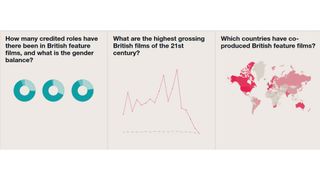
From the BBC's gender pay gap revelations and the Harvey Weinstein and Uber scandals, gender issues have been in the forefront of the news. And Lou Cordwell, founder of magnetic North, believes that UK agencies are by no means immune.
“In the media and creative industries, we’re at the centre of a new paradigmatic shift, where inequality and abuses of power are no longer being tolerated,” she argues. And it’s not just about changing attitudes, but taking practical action.
“As a female-led design company, we have always been passionate about championing diversity,” says Cordwell. “And in 2017 we’ve channelled it into collaborative projects, including the recent launch of the BFI Filmography, which for the first time has revealed a number of shocking statistics around a lack of representation of women across the film industry.
“This has been underpinned by my own personal work providing female entrepreneurs with access to funding, information and networks through my role as director of the north for funding network AllBright.
Get the Creative Bloq Newsletter
Daily design news, reviews, how-tos and more, as picked by the editors.
"It feels like we've reached a tipping point on gender and we're optimistic that 2018 will see a number of changes that will help to unlock the unique perspectives and talents of women from across the UK and around the world."
02. Planning for Brexit
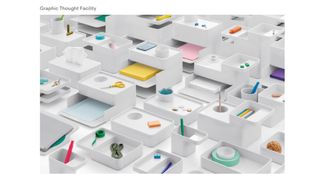
We’ve been talking about Brexit for so long that it sometimes seems it’s never actually going to happen. But last Friday, we passed a big milestone: on that date, it was just 500 days before the UK exits the European Union. And as we pass more and more of those milestones, it’s likely that agencies with clients in the EU, or staff who hail from those countries, will start getting more and more anxious about the future.
Of course, no matter what happens politically, the industry will battle on and muddle through. But few are enthusiastic. “It's such a crazy own goal,” believes Huw Morgan, principal at Graphic Thought Facility. “Our client list is fairly international so I guess at the moment the upside for them is that we are less expensive than we were a couple of years ago.
"But the obvious concern is staff: we have longstanding designers from France, Switzerland, Germany and Portugal and I’m delighted that, for now, they are still with us: pushed by neither fear nor law. Long-term, like everyone else including the politicians, while I can guess on the possibilities I have no idea of the reality. Of all things, I hope that Brexit still allows freedom of movement.”
With uncertainty in the air, it’s reasonable to expect the number of agencies expanding or taking on new staff will be muted over the next 12 months. Meanwhile, at the employee level, we’ve heard from many EU designers working in the UK who are forming their exit plans, and British designers with continental ancestry applying for joint citizenship.
To hear more about what UK agency leaders think about Brexit, read our article The Designer’s Guide to Brexit.
03. The rise of social video
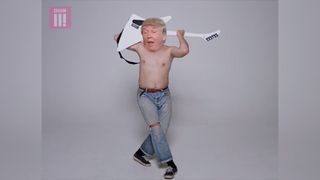
In the last few years, agencies have been busily adapting to a big shift from traditional media to social media. In 2018, another big shift is set to continue and heighten: the importance of video to social media.
Use of video on social channels is nothing new, of course. But the amount of video content people are viewing has been increasing year on year, and it’s a trend that looks likely to become ever-more important in 2018.
Karl Doran, creative director at Flow, points to its work for BBC Three by way of example. “We’ve seen a huge increase during 2016-2017 in the audience for the content and the reach of the videos – total views, likes and shares,” he reports.
“The highest number of views for one video we produced in the summer of 2017 was 25 million views, with 255,000 likes and 337,000 shares, with estimated total reach of 79 million on Facebook alone. These are the kind of figures that would cost a fortune with paid sponsored content.”
And this video wasn’t a beautifully crafted animation, he notes. “It was a satirical, ‘mash-up’ style video where we placed the heads of Premier League managers over the characters in the fight scene from the Anchorman movie. The key to its viral success was that it was short, funny, sharable, and resonated with the BBC Three youth audience.”
The benefits of social video to brands are obvious, he believes. “They include increased online reach, organic growth of online following, and a great way to set a tone of voice for communicating with an audience. I’m sure 2018 will see a further increase of brands using a similar approach to social marketing: creating regular, short-form video content designed purely to entertain their followers and help to establish a tone of voice, and garner precious brand loyalty.”
04. The resurgence of the physical

For the most of the 2010s, trends articles have pointed to the decline of traditional media and a shift towards digital. But there are signs that in 2018, that may begin to reverse, or at least slow down a little.
“With digital having been the great white hope of the ad and marketing industry for many years, I am seeing the resurgence of analogue creative,” says Gary Westlake, founding partner and creative director at Purple Creative.
“This ranges from the news that books, vinyl and DVDs are all getting popular again, to the increase in campaigns that have real-world textural elements, to the growth of the craft of making.”
And this is no accident, he believes. “We as a species want to see people making things and creating objects rather than a purely digital world,” he reasons. Skills like letterpress, pottery and ceramics – as seen in the latest Glenfiddich Winter Storm bottle – are all on the rise and this will feed into the advertising world too.”
05. More brands bringing design back in-house

Another trend that’s been ongoing for a while, and looks set to intensify further into 2018, is that of big brands bringing more design work in-house. Lucozade, Pepsi, Unilever, P&G, L’Oréal, BMW, Pernod Ricard, lastminute.com, Booking.com and Safestore are among the companies that have pursued this strategy in recent years, and the monetary savings are potentially huge – on paper at least.
The real success of the strategy lies, of course, in the campaigns themselves, and debacles such as the widely mocked Pepsi/Black Lives Matter commercial give agencies a reason to argue that the third-party way is a better bet.
For a detailed and nuanced look at this trend, check out Michael Litman’s recent opinion piece Creativity Needs Collaboration.
06. Greater emphasis on creativity
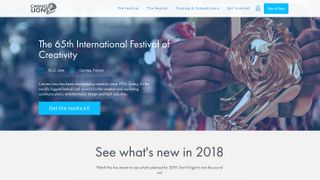
“Cannes Lions was a bellweather for the industry – it hosted more technology and management consultants there than ever before, and the scope for the event was vast,” notes OneBite’s head of content, Mark Kember. “But for 2018, the event is paring back, and focusing on creative campaigns more and more.”
He believes this points to a wider trend in the work of agencies; that they’re moving away from an obsession with data and measurement, and back to generating fresh and exciting ideas.
“The emphasis for creative agencies has to move back towards really being creative around what clients want to achieve and how they get there,” he argues. “Data can show you where you came from and what worked, but it can’t provide true inspiration. Rather than data leading the way, this year’s seen the start of a swing back towards big ideas that could be executed over the right channels… not all of them.”
And the rise of social media means new ideas are now needed more than ever. Ivan Korolev, insights director at Superimpose Studio, believes it’s leading to a seismic shift, with traditional ‘top-down’ campaigns led by brands and marketers looking increasingly dated.
“The industry's relentless focus on newness, innovation and the ‘support’ – for which read: ‘appropriation’ – of youth culture is wearing paper-thin,” he argues. “Brands are not ‘platforms for collaboration’ nor are they agents ‘empowering creativity’; it is now strikingly crystal clear that audiences are the ones holding the power.
“In the coming years, brands will no longer be able to push their versions of authenticity at people,” he concludes. “The whole process has to be reverse-engineered in order to allow real human connection, familiarity and purity of intent to be put back at the core of our creative process. Those who understand that will emerge as the new leaders in 2018.”
07. More focus on sustainability
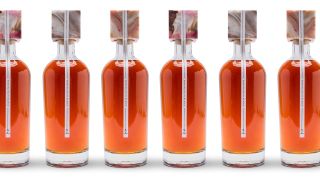
People are increasingly aware of how damaging plastic and excessive packaging is to the environment, but UK agencies are starting to make a positive contribution to solving the problem, believes Westlake.
“I think one of the biggest trends this year is creatives, designers, scientists and environmentalists working together to co-create world-changing packaging through foraged and recycled materials,” he says.
“In the drinks industry, for example, we’re seeing more and more brands creating sustainable packaging; such as the Navy Rum brand Fitzroy, which is turning waste from the North Sea into labelling with stunning globe-friendly results.
“In 2018, I also think we’ll see a reduction in outer packaging and the use of more recycled paper and card. Glass in bottles will also get reduced, perhaps leading to more delicate and elegant solutions.
"There’s also an encouraged increase in materials designed to stay in the home or on the bar rather than be thrown out – so as well as being good for the environment, they will become a memento or an object that stays in a customer’s life and continues to resonate with them.”
08. Small and supersized agencies
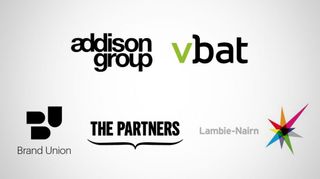
There’s always been a range of agency sizes in the design industry. But lately we’ve seen a trend towards consolidation, leading to some supersize agencies. Most notable was the recent coming together of five WPP companies – Brand Union, The Partners, Lambie-Nairn, Addison Group and VBAT – to create one huge branding agency (as yet unnamed).
“Our new company is incredibly exciting,” Greg Quinton, chief creative officer at The Partners, writes in the current issue of Computer Arts magazine. “We have a network of 750 people in 20 offices around the world, appealing to more clients because they’ll be able to engage with a wider array of specialists and a more connected set of services.
"With the repercussions of Brexit and the threat of another recession, you need to be a flexible agency to change and adapt to clients’ needs more easily, and being bigger means you can do this without impacting the quality of work or designers’ time.”
Of course, there’s also an equal and opposite trend of agencies that are happy to stay small, finding that these days it’s no longer a bar to winning big clients; as the likes of Johnson Banks, hat-trick, GBH, Rose and NB Studio have shown.
Plus there are some agencies that do things differently – whether that be by operating as a flat hierarchy, working as a virtual consultancy collective or basing themselves outside the traditional UK agency heartland of London.
So perhaps the really important trend for UK agencies for 2018 will be the idea that it no longer matters how big or small you are, or how you organise yourself. The big clients are fair game for everyone, and may the best pitch win.
Related articles:

Thank you for reading 5 articles this month* Join now for unlimited access
Enjoy your first month for just £1 / $1 / €1
*Read 5 free articles per month without a subscription

Join now for unlimited access
Try first month for just £1 / $1 / €1
Tom May is an award-winning journalist and editor specialising in design, photography and technology. Author of the Amazon #1 bestseller Great TED Talks: Creativity, published by Pavilion Books, Tom was previously editor of Professional Photography magazine, associate editor at Creative Bloq, and deputy editor at net magazine. Today, he is a regular contributor to Creative Bloq and its sister sites Digital Camera World, T3.com and Tech Radar. He also writes for Creative Boom and works on content marketing projects.

